Papercrete has been around since the 1920’s.
It consists of paper and portland cement. The development of papercrete was an attempt to recycle the high volumes of waste paper generated in the US at the time.
The first thing you need to know about papercrete is that it’s cheap.
The second thing, and almost equally important, is that it’s easy to make, provided that you have the right tools.
Papercrete bricks have a variety of uses that include building walls. In this regard, they exhibit noise dampening properties and excellent insulation against heat or cold. They can support their weight but are not ideally suited to carrying heavy structural features like roofs or second-story floors.
Other drawbacks include their affinity for absorbing water and should therefore be protected from rain or heavy storm water flows. Papercrete waterproofing options include spraying it with polyurethane or coating the outside with a layer of crystalline waterproofing. If you do not follow this step, the blocks will not be suitable for winter-proofing.
I recommend building walls under a self-supported roof and ensuring that your roof has an adequate overhang. I would not use papercrete for building a foundation, but it will work from the floor up.
Making Papercrete Bricks
The ingredients for papercrete are paper and portland cement. You can add a few extras like perlite to make your bricks lighter or sand to make them stronger.
The mix I use for this article is paper and portland cement. Please also note that I calculate my ratio by dry weight of the paper to portland cement. Working by volume is not recommended as different types of paper have different densities.
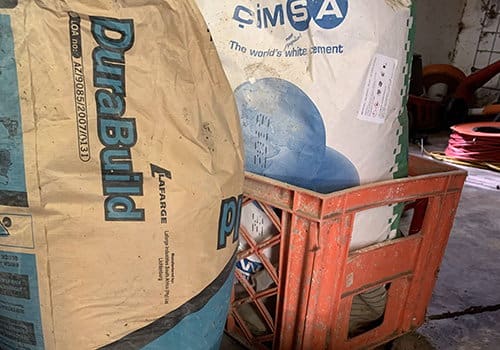
Mixing Ratio
The one that I have found to be most useful is the following: by weight, 2 : 3
- Mix 6 or 60 pounds of paper with 9 or 90 pounds of portland cement.
Be sure to weigh your paper beforehand. I used 2 pounds of paper and 3 pounds of cement.
Processing Paper For Pulp
I used old egg boxes and egg trays.
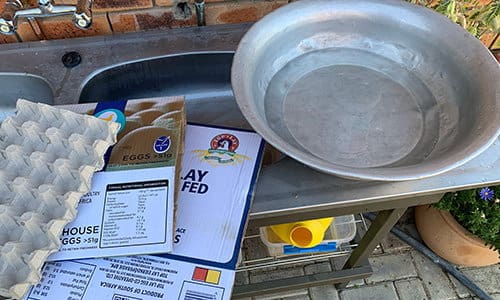
I start by tearing the paper into one-inch bits.
I then submerge the torn pieces in hot water for approximately 20 minutes.
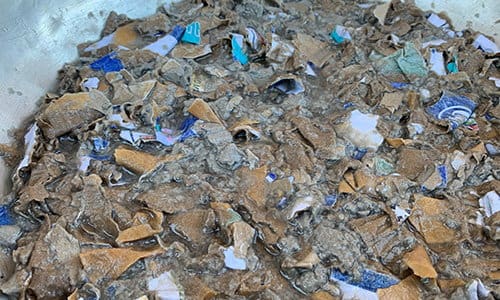
I then blend the paper with additional water to not overstrain my blender.
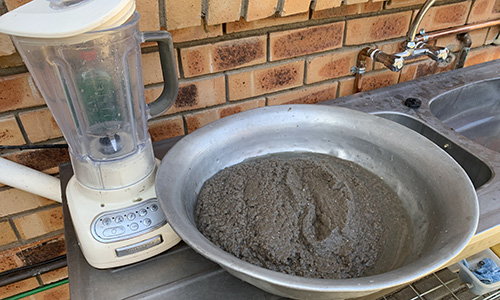
After blending the paper into a fine pulp, I remove excess water by straining the pulp through a small section of 20% shade cloth.
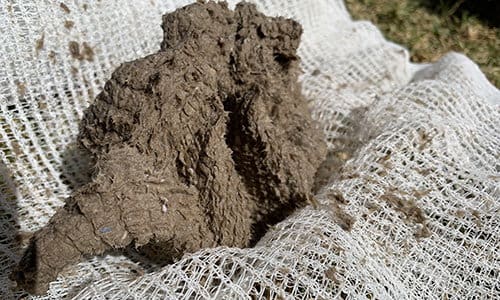
You should strain the water until your mix has the consistency of bread dough or clay. It must not be runny or wet as the water leeching out during the curing process will take mixed cement with and weaken your product.
The pulp is then ready for adding the cement, and it should look like this.
Related: Cheap and Easy DIY Rat Trap
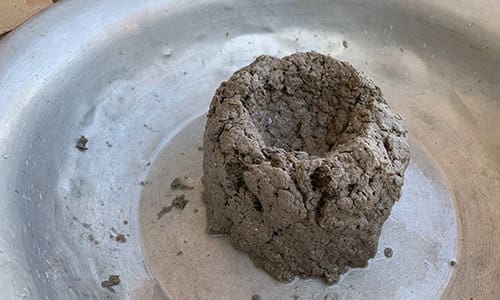
Adding Cement
I add the cement on the pulp.
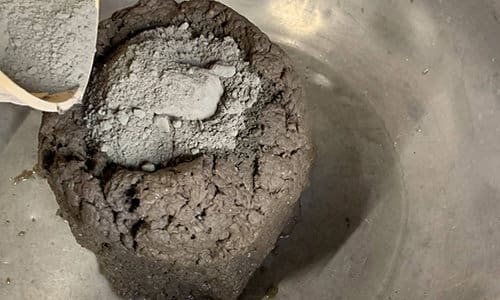
I mix the ingredients using the same kneading method you would use for bread.
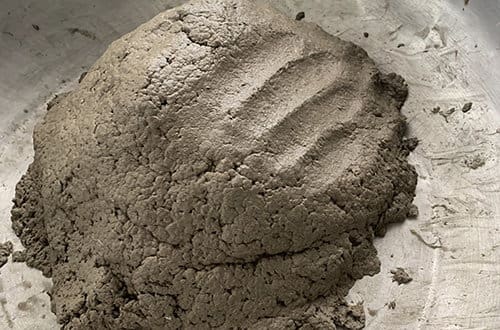
Be sure to mix the weight of cement that you calculated according to the dry weight of your paper.
Once this is mixed through thoroughly, you can transfer it to the mould.
Moulding
I made the mould from an OSB board and used an 18 gauge nailer to assemble it.
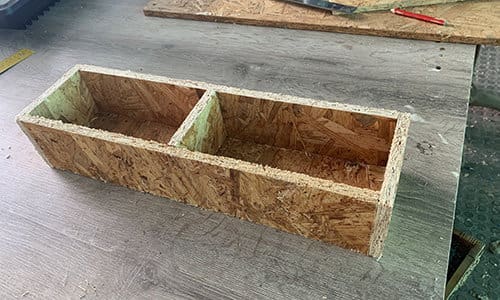
I treat the OSB with raw linseed oil to minimize water absorption.
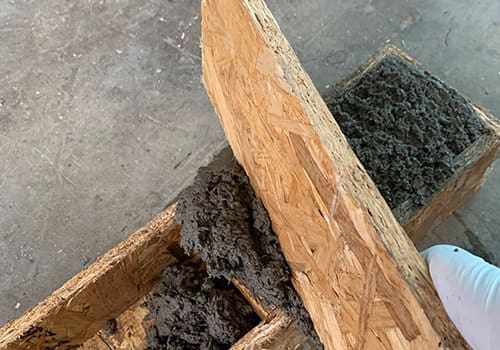
The mould is not watertight and allows the water leeching from the pulp to seep out through the gaps.
I leave the block in the mould for about 24 hours.
Related: DIY Dutch Bucket Hydroponics System
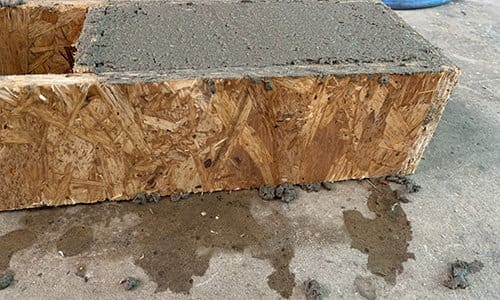
Additional Information To Know About Papercrete Bricks
- Drying and curing time can vary seasonally, but I have found that 4 to 7 days will result in workable objects.
- Do not expose the papercrete bricks to severe shocks or drop them until fully cured.
- Some shrinkage is normal, but severe shrinkage indicates that you added too little cement.
- Industrial-level manufacturing for large quantities of papercrete bricks requires upscaling this process.
- There are several ways to build industrial-scale combination pulper-mixers using old vehicle axles, drums and lawnmower blades.
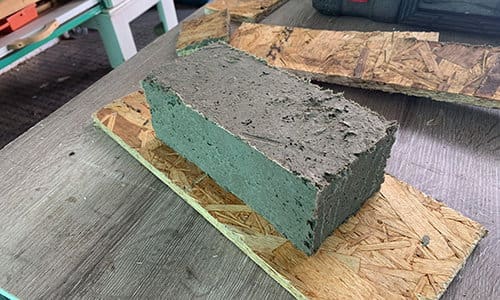
Papercrete is a highly versatile substance that can make other items like planters. Adding sand will strengthen the product quite a bit, while perlite will reduce the weight.
I recommend starting your journey by first learning how to work with simple concrete mixes and then progressing to experimenting with what could work for you. Adding lime, other fibrous material, salt, bonding liquids and liquid latex can strengthen the products and contribute to versatility and usability.
I also recommend wearing latex gloves while working with concrete as it has an affinity for water and will dehydrate your skin. Some folk like to cover their hands with a barrier substance like vaseline or leather waterproofing products. You can make a natural product using beeswax and liquid paraffin.
So there you have it, folks. Go forth and find the right papercrete mix for your application.
Stay safe and have fun!
You may also like:
 10 DIY Projects You Need On Your Property Now More Than Ever
10 DIY Projects You Need On Your Property Now More Than Ever
This Homemade Device Can Power Up Your Entire House 7 Days in a Row (Video)
Easy DIY 165 Gallon Rain Harvester
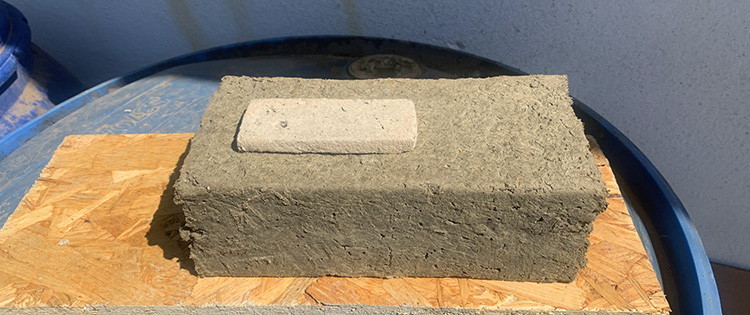








I have spoken about this yesterday with my friend. Asking him about how to make some papercrete for a small shed. Like YESTERDAY 🙂 and here it is… God works in mysterious ways!
What about using papercrete for kitchen countertops?